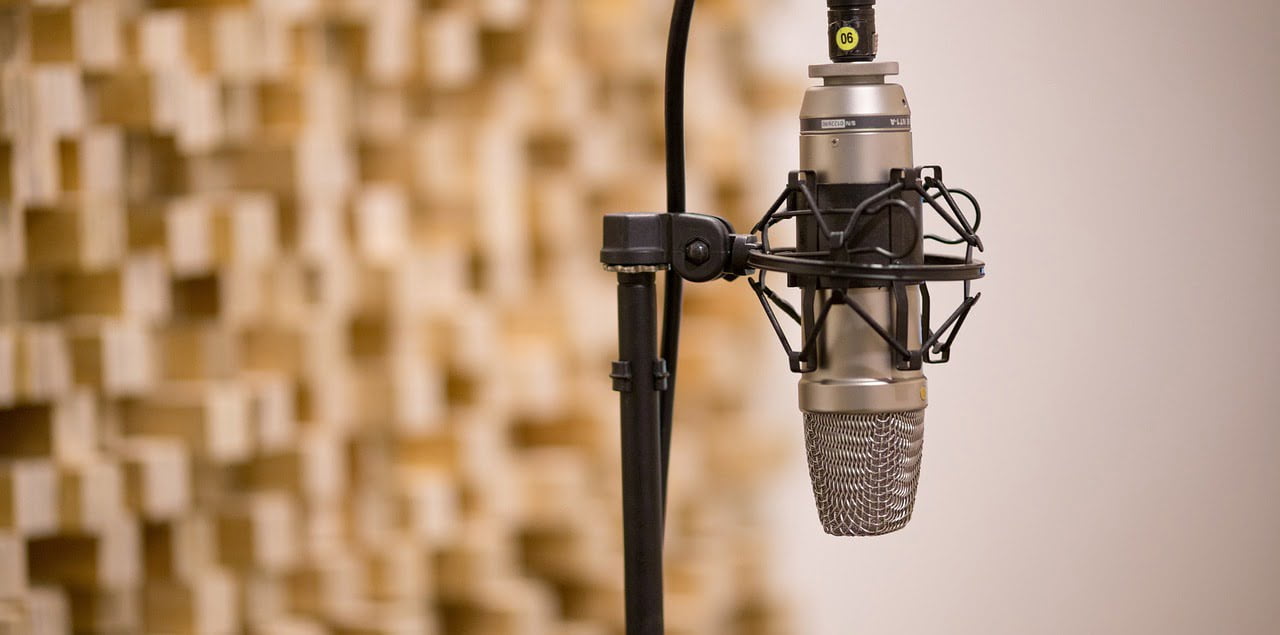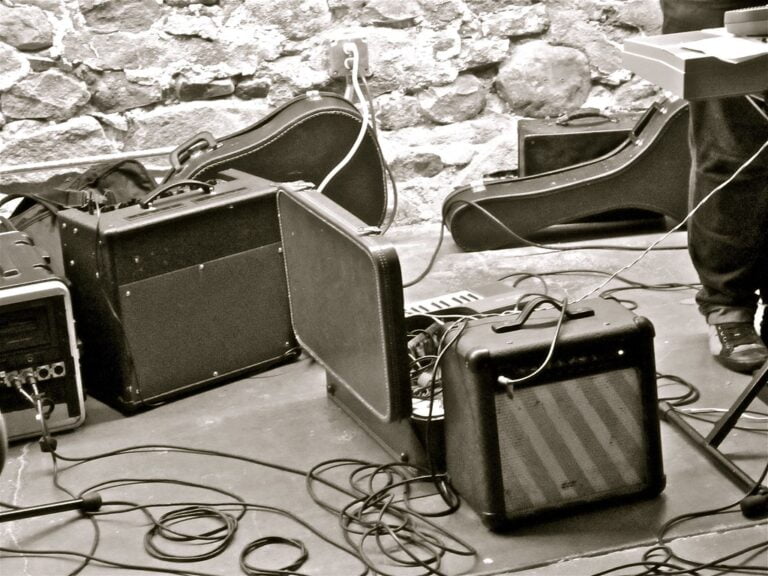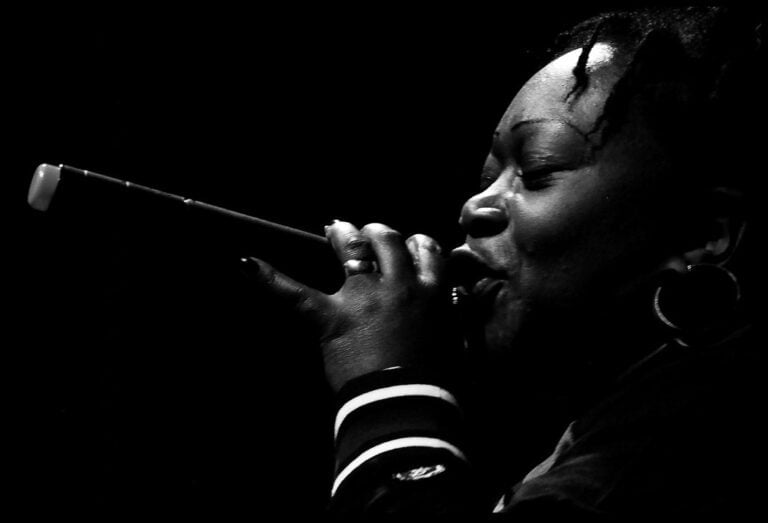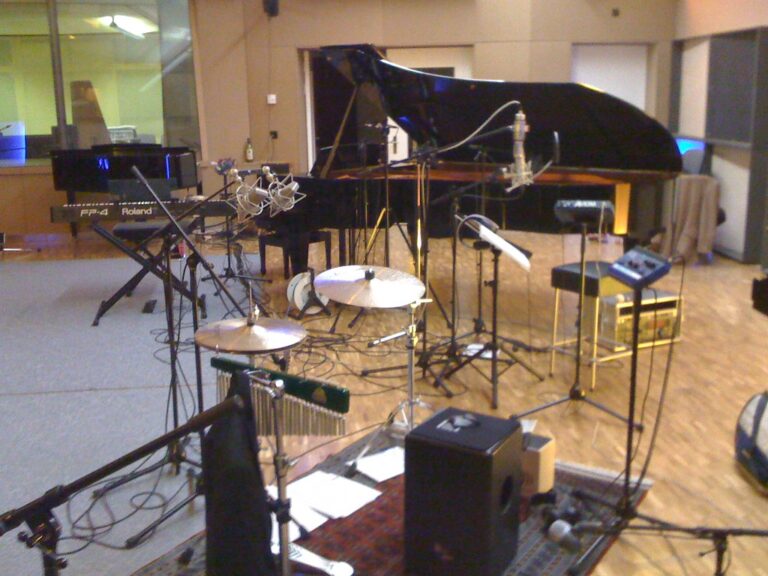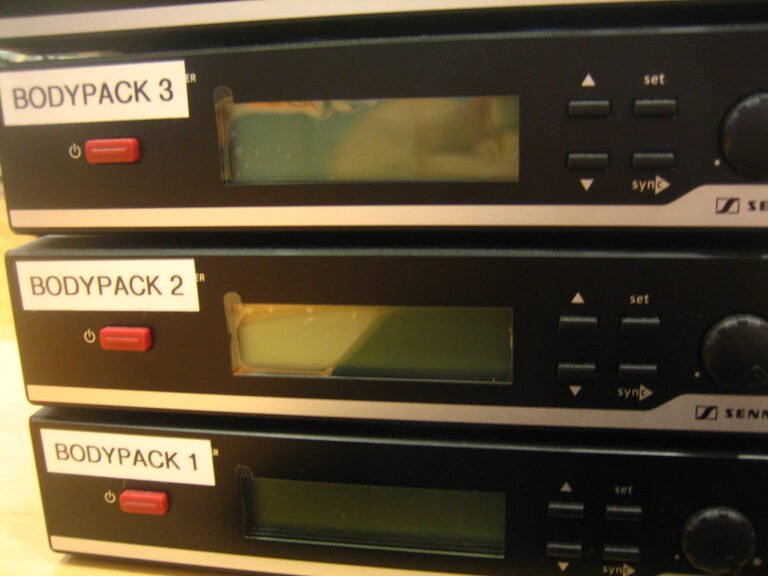Choosing the Right Microphone for Instrument Recording: Guitars, Drums, and More
Hey there! Are you excited to elevate your instrument recordings? Well, let's dive into the world of microphones and find the perfect one for your guitars, drums, and other instruments. Trust me, it's a game-changer!
We are supported by our audience. When you purchase through links on our site, we may earn an affiliate commission, at no extra cost for you. Learn more.
So, picture this: you're strumming your guitar, hitting those sweet chords. You want to capture every nuance and emotion, right? Well, the right microphone can make all the difference. We're here to guide you through the various microphone types, helping you find the one that will truly bring out the essence of your guitar.
But wait, there's more! If you're a drummer looking to make your recordings explode with power and energy, we've got you covered too. We'll show you how to choose that perfect microphone that will capture every thunderous beat and cymbal crash.
And hey, we don't stop there! We'll also explore microphone options for other instruments. Whether you're a pianist, a saxophonist, or even a violinist, we've got tips and tricks to help you find the microphone that will showcase your instrument's unique voice.
Get ready to unleash your creativity and discover innovative solutions that will revolutionize your instrument recordings. Trust me, once you find that perfect microphone, you'll never look back. So, are you ready to take your recordings to the next level? Let's do this!
Understanding the Different Microphone Types
To understand the different microphone types for instrument recording, you should familiarize yourself with various options available in the market. When it comes to recording instruments like guitars and drums, there are several microphone types to consider. Dynamic microphones are a popular choice for capturing the raw energy of electric guitars and loud drums. They can handle high sound pressure levels without distorting the audio. Condenser microphones, on the other hand, are known for their detailed and accurate sound reproduction, making them ideal for recording acoustic guitars and delicate percussion instruments. Ribbon microphones offer a vintage and smooth sound, often used for capturing the warmth of brass instruments and guitar cabinets. By understanding these different microphone types, you can choose the one that best suits your instrument recording needs and achieve innovative and high-quality recordings.
Choosing the Best Microphone for Guitars
When choosing the best microphone for guitars, consider your specific needs and budget. There are several factors to consider when selecting a microphone for recording guitars. The first consideration is the type of guitar you are recording. For acoustic guitars, a condenser microphone is often the best choice due to its ability to capture the subtle nuances and detail of the instrument. Dynamic microphones, on the other hand, are better suited for electric guitars as they can handle high sound pressure levels and provide a punchy sound. Additionally, the polar pattern of the microphone should be taken into account. Cardioid and supercardioid patterns are commonly used for guitar recording as they focus on capturing the sound directly in front of the microphone while rejecting unwanted noise from the sides and rear. Lastly, the microphone's frequency response should be considered to ensure it can accurately capture the full range of frequencies produced by the guitar. By considering these factors, you can select the best microphone for your guitar recordings that meets both your needs and budget.
Selecting the Right Microphone for Drums
Now let's delve into selecting the perfect microphone for capturing the rich and dynamic sounds of drums. When it comes to recording drums, it's crucial to choose a microphone that can handle the high sound pressure levels and accurately reproduce the nuances of each drum. One popular option is the dynamic microphone, known for its durability and ability to handle loud volumes. The Shure SM57 is a go-to choice for capturing the snare drum's sharp attack and crisp sound. For the kick drum, a large diaphragm dynamic microphone like the AKG D112 is recommended to capture the low-end frequencies and provide a punchy sound. Overhead microphones are essential for capturing the cymbals and overall drum kit ambiance. Condenser microphones, such as the Neumann U87, are commonly used for this purpose due to their detailed and transparent sound reproduction. By selecting the right microphones for each drum component, you can achieve a well-balanced and professional drum sound for your recordings.
Exploring Microphone Options for Other Instruments
Now let's explore the microphone options available for capturing the unique sounds of other instruments in your recordings. When it comes to recording instruments like pianos or keyboards, condenser microphones are often the preferred choice. Their ability to capture the nuances and dynamics of these instruments make them ideal for capturing the full range of sound. For string instruments like violins or cellos, a small diaphragm condenser microphone placed close to the instrument can provide a detailed and accurate representation of its sound. Brass instruments, on the other hand, benefit from dynamic microphones that can handle high sound pressure levels without distortion. Lastly, for wind instruments such as flutes or saxophones, a clip-on condenser microphone can be used to capture the sound directly from the instrument. By carefully selecting the right microphone for each instrument, you can ensure that your recordings capture the true essence of the music.
Tips for Finding Your Perfect Instrument Recording Microphone
To find your perfect instrument recording microphone, you need to consider a few key factors. First, think about the type of instrument you will be recording. Different microphones are designed to capture specific frequencies and tones produced by different instruments. For example, a condenser microphone is ideal for capturing the nuances of acoustic guitars, while dynamic microphones are better suited for capturing the powerful sound of drums. Secondly, consider the microphone's polar pattern. This determines the directionality of the microphone and affects how it captures sound. For instruments that emit sound in all directions, an omnidirectional microphone may be a good choice. Lastly, think about the microphone's frequency response. This refers to the range of frequencies the microphone can accurately capture. Look for a microphone that can accurately reproduce the frequencies of your instrument. By considering these factors, you can find the perfect instrument recording microphone that will capture your music with precision and innovation.
Conclusion
In conclusion, selecting the right microphone for instrument recording is crucial to capturing the best sound quality for guitars, drums, and other instruments. Understanding the different microphone types and their characteristics is essential in making an informed decision. By considering factors such as instrument type, sound preferences, and budget, you can find the perfect microphone that will enhance your recordings and bring out the best in your instruments. Taking the time to research and experiment with different options will ultimately lead to more professional and satisfying recordings.

